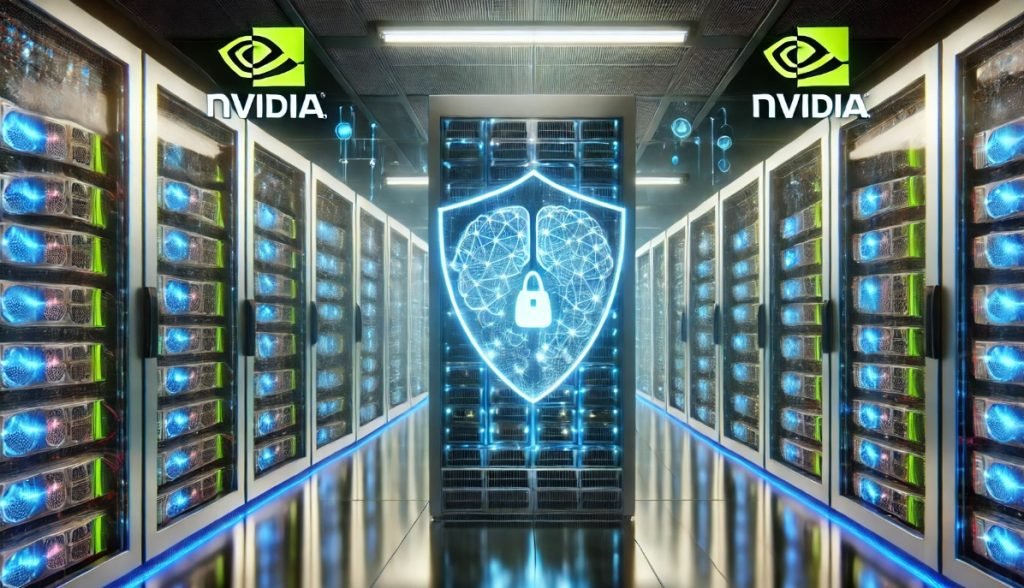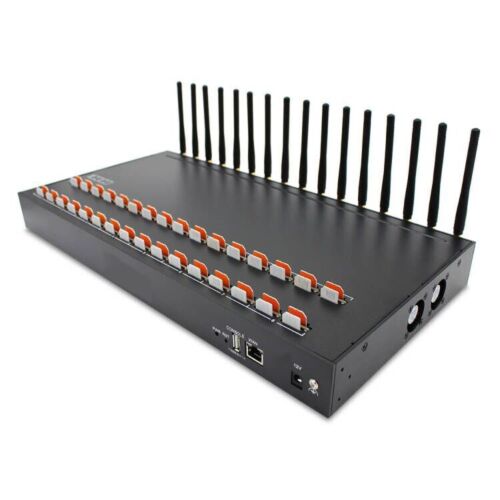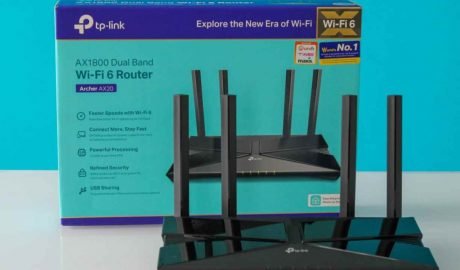A critical vulnerability, identified as CVE-2024-0132, has been discovered in NVIDIA’s AI infrastructure, affecting over 35% of cloud environments utilizing NVIDIA GPUs. This vulnerability targets the NVIDIA Container Toolkit and GPU Operator, both essential tools for managing AI workloads in cloud environments. The flaw poses a significant risk to cloud-based AI workloads, which are critical for industries ranging from healthcare and finance to autonomous vehicles and media.

Background: The Tools at Risk
NVIDIA Container Toolkit:
- The NVIDIA Container Toolkit provides a set of tools to build and run GPU-accelerated Docker containers. It allows users to create containers that use NVIDIA GPUs, a crucial feature in environments where high-performance computing and AI tasks are essential.
- In AI workloads, GPUs accelerate the processing of large-scale data, making them critical for training and inference tasks in machine learning models.
GPU Operator:
- The GPU Operator simplifies the deployment and management of GPUs in Kubernetes environments. It ensures that GPU resources are available and properly configured for workloads that require them.
- This operator manages driver installation, the NVIDIA Container Toolkit, and GPU monitoring, allowing AI applications to run smoothly in cloud and on-premise environments.
Significance in AI Environments:
- Both the NVIDIA Container Toolkit and GPU Operator play pivotal roles in enabling AI workloads, especially in cloud environments where flexibility and scalability are critical. Many AI models depend on GPUs for their intensive computation, making these tools indispensable for efficient operations.
- The vulnerability found in these components represents a critical risk, as exploiting them can potentially disrupt or compromise the security of AI workloads, impacting cloud services that rely on NVIDIA-powered GPUs.
Vulnerability Overview: CVE-2024-0132
CVE-2024-0132: Critical Severity Vulnerability
- The discovered vulnerability, labeled CVE-2024-0132, affects the NVIDIA Container Toolkit and the GPU Operator. It has been classified as a critical severity vulnerability due to the potential consequences of its exploitation in AI workloads and cloud environments.
- This vulnerability poses a high risk to systems using NVIDIA GPUs, especially in cloud environments where containers are deployed at scale for AI tasks.
Affected Components
GPU Operator: As a key component managing GPU resources in Kubernetes, the vulnerability in the GPU Operator can lead to improper resource management or security compromises, affecting the stability and integrity of AI workloads.
NVIDIA Container Toolkit: This tool, which integrates NVIDIA GPU functionality into containerized environments like Docker and Kubernetes, is directly affected. Since many AI workloads depend on these containers, the vulnerability impacts a wide range of cloud-based services.
How the Vulnerability Works
- The CVE-2024-0132 vulnerability exploits a flaw in the NVIDIA Container Toolkit and GPU Operator, which are responsible for handling GPU resources in containerized AI environments.
- The vulnerability likely stems from inadequate privilege separation or input validation in the interaction between the container runtime and the underlying GPU hardware. This gap allows an attacker to execute code with elevated privileges or bypass container isolation mechanisms.
- The flaw could enable attackers to escape from the container environment, manipulate GPU workloads, or gain unauthorized access to the host system and other containers.
Exploitation Pathways in NVIDIA AI Systems
- Container Escape: Attackers could exploit the vulnerability to break out of a containerized environment, gaining access to the host system or other containers running on the same node. This opens up further exploitation opportunities, such as lateral movement across the system or network.
- Privilege Escalation: By exploiting weaknesses in how the NVIDIA Container Toolkit or GPU Operator manages GPU resources, attackers can gain elevated privileges. This could allow them to take control of the GPU, modify workloads, or even compromise the host system.
- Resource Manipulation: Attackers can misuse the vulnerability to interfere with GPU resources, which could disrupt AI workloads or introduce malicious computations. This could lead to degraded performance, incorrect AI results, or complete service failures.
Potential Attack Scenarios
Denial of Service (DoS): The vulnerability could also be exploited to overwhelm the GPU resources, leading to a denial-of-service condition where AI workloads fail to execute due to lack of resources or intentional crashes.
Cloud AI Environments: In a cloud environment where multiple tenants share the same GPU resources, an attacker could compromise the entire system by breaking out of their own container and accessing GPUs used by other tenants.
AI Model Tampering: Once inside, an attacker could manipulate data processed by the GPU, potentially altering machine learning models during training or inference stages. This could lead to faulty AI predictions, affecting applications in sectors like healthcare, finance, or autonomous vehicles.
Scope of the Vulnerability in Cloud Environments
The impact of this vulnerability is widespread. Over 35% of cloud environments that use NVIDIA GPUs for AI workloads are believed to be at risk. Cloud providers such as Amazon Web Services (AWS), Google Cloud, and Microsoft Azure are directly affected, given their extensive use of NVIDIA GPUs to support AI services.
The flaw’s potential for exploitation is particularly concerning in multi-tenant cloud environments where different customers share the same infrastructure. In these environments, an attacker who successfully exploits the vulnerability could access resources beyond their own container, posing a risk to other users’ workloads and data. This could lead to data breaches, model tampering, or denial-of-service (DoS) attacks.
Moreover, industries that depend heavily on cloud-based AI, such as autonomous vehicles, healthcare, financial services, and media production, are vulnerable. The loss of integrity in AI models due to this vulnerability could have severe consequences, ranging from financial loss to life-threatening situations in fields like medical diagnostics and autonomous driving.
Mitigation Strategies: Protecting AI Workloads
To address the CVE-2024-0132 vulnerability, NVIDIA has issued security patches. Organizations are urged to update their NVIDIA Container Toolkit and GPU Operator to the latest versions to mitigate the risk of exploitation. Additionally, several other mitigation strategies can help secure vulnerable environments:
- Apply Security Patches: Ensuring that all affected components, including the NVIDIA Container Toolkit and GPU Operator, are updated with the latest patches is the first line of defense.
- Update Container Runtime and Kubernetes Components: Organizations should also update container runtimes like Docker and Kubernetes to ensure there are no other vulnerabilities in the overall infrastructure.
- Enforce Principle of Least Privilege (PoLP): Reducing unnecessary privileges for containers running with GPU access can limit the scope of attacks. Limiting root access and disabling unused capabilities can prevent privilege escalation.
- Implement Runtime Security Tools: Tools like Falco and Sysdig can monitor containers at runtime, detecting suspicious behavior such as container escapes or unauthorized GPU usage. These tools can provide early warning of potential attacks.
- Use Network Segmentation and Isolation: In multi-tenant cloud environments, segmenting networks and applying strict access control policies can help prevent lateral movement across containers. Limiting communication between containers and nodes can reduce the risk of cross-container attacks.
By following these mitigation strategies, organizations can secure their cloud-based AI workloads and prevent attackers from exploiting the NVIDIA vulnerability.
The discovery of the CVE-2024-0132 vulnerability underscores the critical need for heightened security in cloud-based AI environments. With more than 35% of cloud environments potentially affected, it is vital for organizations to take immediate action by applying patches, enhancing security measures, and monitoring AI workloads for suspicious activity.

Information security specialist, currently working as risk infrastructure specialist & investigator.
15 years of experience in risk and control process, security audit support, business continuity design and support, workgroup management and information security standards.










